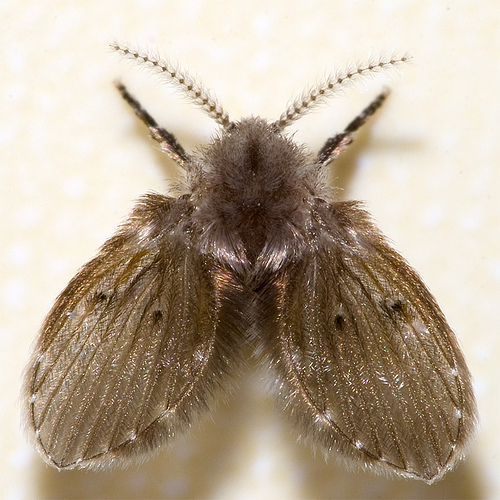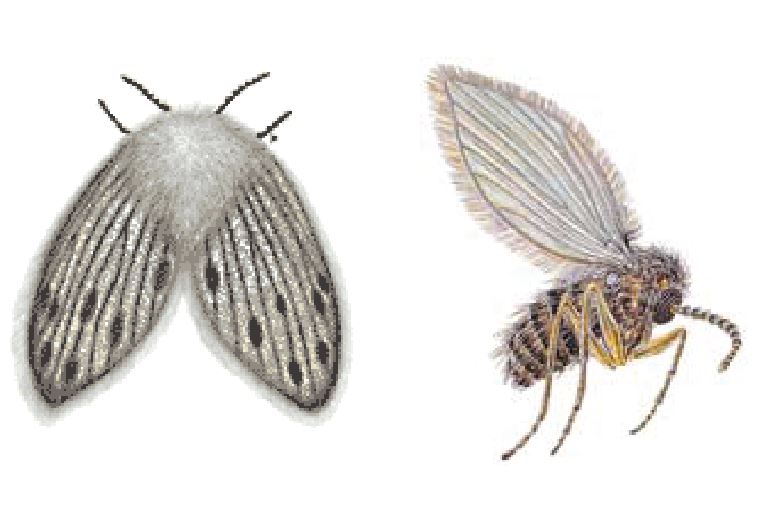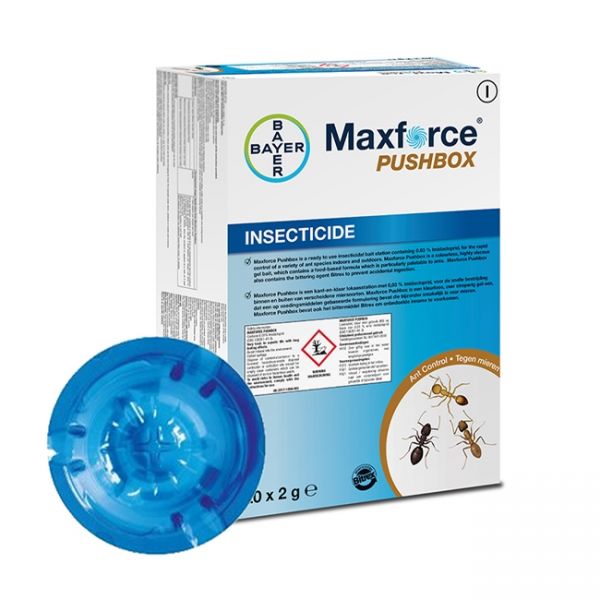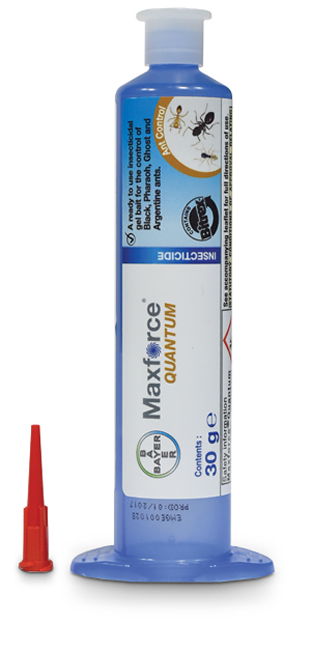Filter Fly (Psychoda sp)
Filter Fly (Psychoda sp)
 |
 |
Identification:
Adults: 2mm, wings almond shaped, hairy and carried at a roof-like angle in flight. Adults are small and very hairy, with a pair of pointed wings. They are frequently mistaken for small moths since the wings are held roof-like over the body when at rest. They are weak fliers and often appear to be jumping or hopping. Flight and mating activities normally occur in the evening hours when they are attracted to lights.
Biology:
Each female can produce about 100 eggs and, under optimum conditions, development can be completed in two weeks. Eggs hatch into small pale larvae which are the most resistant life stage, being capable of surviving temperature extremes and habitats often low in oxygen. Following a feeding period, larvae pupate and soon emerge as adult flies. Adults live only three to four days without food, but they can survive for weeks if nectar or other liquid carbohydrate sources are available.
Control:
Filter flies may become abundant around bathroom or kitchen sinks. Determine and eliminate the source of infestation by looking for concentrations of adult flies around potential larval habitats such as cooling towers, air conditioners or other places containing standing water and vegetation. Any lingering adult flies may be controlled by the use of a residual insecticide or ULV treatment
**Products to control Filter Fly:
|
Imidasect Ant Gel (35g tube) |
Maxforce Pushbox (20 x 2g) |
Maxforce Quantum Gel (30g tube) |



